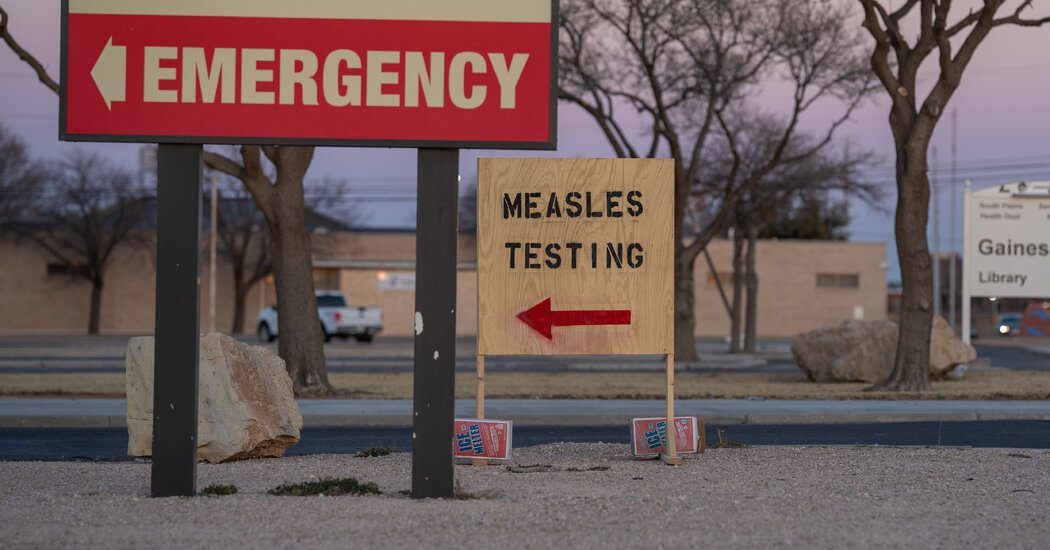
This flu season has claimed the lives of over 900 residents in California, including 15 children, marking one of the **most severe outbreaks** of influenza in recent years, according to a report published last Friday by the California Department of Public Health.
Notably, the majority of those affected by the virus—701 individuals—were aged 65 and older, reinforcing the common understanding that flu disproportionately impacts older populations.
However, the rising number of pediatric deaths is alarming. During the week ending on February 15, four additional children lost their lives to the flu, resulting in a staggering increase of over a third in the seasonal pediatric death count, as reported.
Regarding COVID-19, Dr. Peter Chin-Hong, an infectious disease expert and professor at UC San Francisco, noted, “We traditionally viewed older adults as the primary at-risk group. It’s important to reevaluate our perspective with the flu, as both the elderly and the very young can face severe outcomes.”
The 15 children who have died from the flu this year include four teenagers from San Diego, all of whom—ages 14 to 17—did not receive flu vaccinations, according to health officials.
“The recent flu fatalities among our youth are both tragic and concerning as we enter what is typically the height of flu season,” stated Dr. Ankita Kadakia, interim public health officer for San Diego County, earlier this month.
Vaccination rates have notably dropped, especially among children, for both flu and other illnesses, as highlighted by Chin-Hong.
On a national scale, only about 58% of children aged between 6 months and 17 years were vaccinated against the flu during the 2020-21 flu season, a number that plummeted to approximately 45% as of late January this year.
“In the realm of vaccinations, such a decline is alarming,” Chin-Hong remarked.
This trend is mirrored in California, where only 47.7% of children had received the flu vaccine by late January, marking the lowest level since at least the 2019-20 flu season. This time last year, the percentage stood at 53.7%.
The Centers for Disease Control and Prevention recommends that everyone aged 6 months and above obtain a flu shot—preferably by the end of October—to enhance immunity during the peak circulation of the virus in winter months.
The two strains of flu currently circulating are H1N1, a remnant of the swine flu pandemic from 2009 and 2010, and H3N2, which is known for causing more severe illness, as noted previously by Chin-Hong.
Considering the severity of this flu season, public health officials strongly urge anyone who has yet to be vaccinated to take action.
While flu activity remains high, recent reports indicate a potential decline. The California Department of Public Health noted a 3.4% decrease in the percentage of positive flu test results at clinical labs for the week ending February 15, the latest data available.
Despite this slight reduction, the positivity rate persists at a concerning 23.3%. Health officials reported low levels of COVID-19 and RSV activity, with positivity rates of 2.3% and 5%, respectively.
Chin-Hong cautioned that it’s too early to determine if this downward trend will continue. “We need more data before we can celebrate,” he said.
In the U.S., flu season typically peaks from December to February, although the virus can circulate year-round, according to CDC guidelines.
Even if flu activity starts to decline, the virus is known for its extended season, potentially lasting through April and beyond, Chin-Hong explained. “We must be vigilant not just during the peak but also throughout the flu season,” he emphasized.
By this time last year, approximately 500 flu-related deaths had occurred, with the previous season reporting about 600 fatalities, as noted by Mercury News.
Chin-Hong estimates that this season’s death toll is unlike anything observed in the past decade.
This report was also contributed to by Times staff writer Rong-Gong Lin II.









